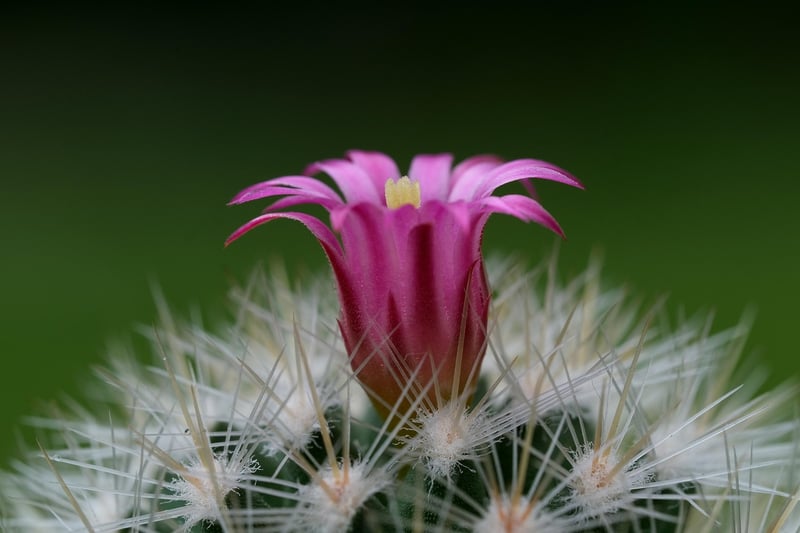Soil Types
Guide to Nurturing Plants: Understanding Soil Types

Introduction
Plants play a vital role in our environment and daily lives. To ensure their healthy growth, understanding soil types and how to nurture plants properly is essential. Let's delve into the world of soil and plant care.
Nurturing Plants
Plants require proper care and attention to thrive. Here are some essential tips to help you nurture your plants:
- Provide Adequate Water: Different plants have varying water requirements. Ensure you water your plants appropriately based on their species.
- Ensure Sufficient Sunlight: Most plants need sunlight to photosynthesize and grow. Be aware of your plant's sunlight needs and place them accordingly.
- Regular Pruning: Pruning helps plants grow healthier and stronger by removing dead or overgrown parts.
- Use Fertilizers: Fertilizers provide essential nutrients to plants. Choose the right type of fertilizer based on your plant's needs.
- Monitor for Pests and Diseases: Keep an eye out for any signs of pests or diseases and take prompt action to prevent them from spreading.
Understanding Soil Types
Soil is the foundation of plant growth. Different plants thrive in different soil types. Here are the primary soil types:
1. Sandy Soil
Sandy soil has large particles and drains quickly. It is suitable for plants that prefer well-drained soil such as cacti and succulents.

2. Clay Soil
Clay soil has small particles and retains water well. Plants like roses and lilies thrive in clay soil due to its moisture retention properties.

3. Loamy Soil
Loamy soil is a mixture of sand, silt, and clay, offering good drainage and moisture retention. Many vegetable plants and flowers grow well in loamy soil.

Conclusion
By understanding how to nurture plants and the different soil types, you can create an optimal environment for your green companions to flourish. Remember to tailor your care based on the specific needs of each plant and soil type to ensure their health and growth.
Happy gardening!
